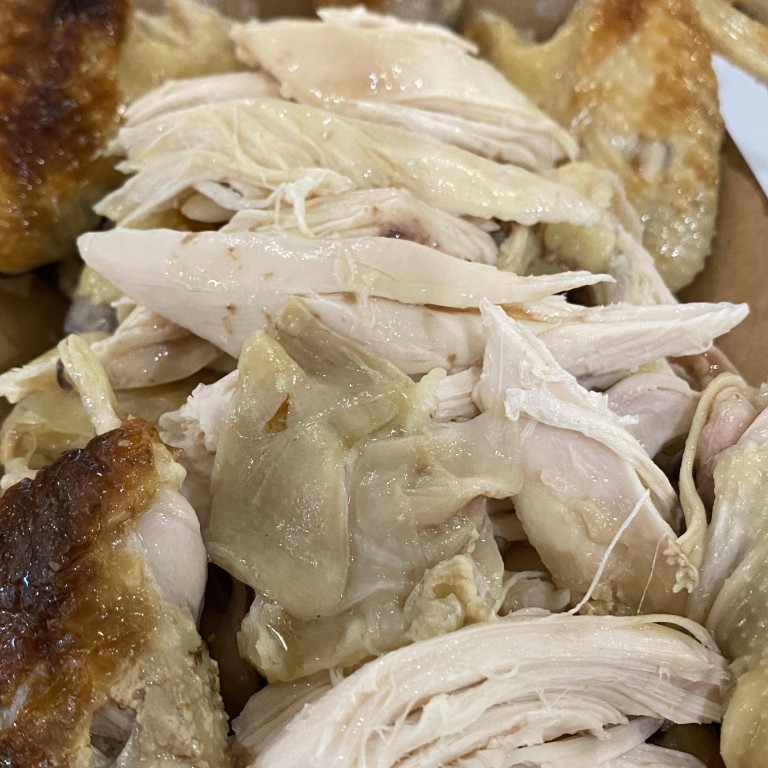
Where and what to eat in Hainan, China, from coconut chicken in Sanya to a seafood market that’s not to be missed
- Free-range chicken reared for 100 days, lamb stewed in coconut milk, noodles made with a broth simmered for hours – there’s a lot for foodies in Hainan province
- Hainan Island with its beach resorts attracts a lot of tourists, and farming is big too – its year-round tropical climate allows a wide range of produce to grow
One of the more popular domestic holiday destinations for Chinese citizens is Hainan province, a series of islands (the largest of which is Hainan Island) at the very south of China, for the beach resorts and the area’s food.
Hainan’s year-round tropical climate means it yields a bumper harvest of produce, ranging from coffee beans to zhegu (partridge tea leaves) to fruit.
As a result, the province is known for its wide range of dishes.
At Grandpa’s Coconut Chicken in Haitang Bay in Sanya, the southernmost city of Hainan Island, the free-range birds come from Wenchang and are fed on coconut and peanut bran.
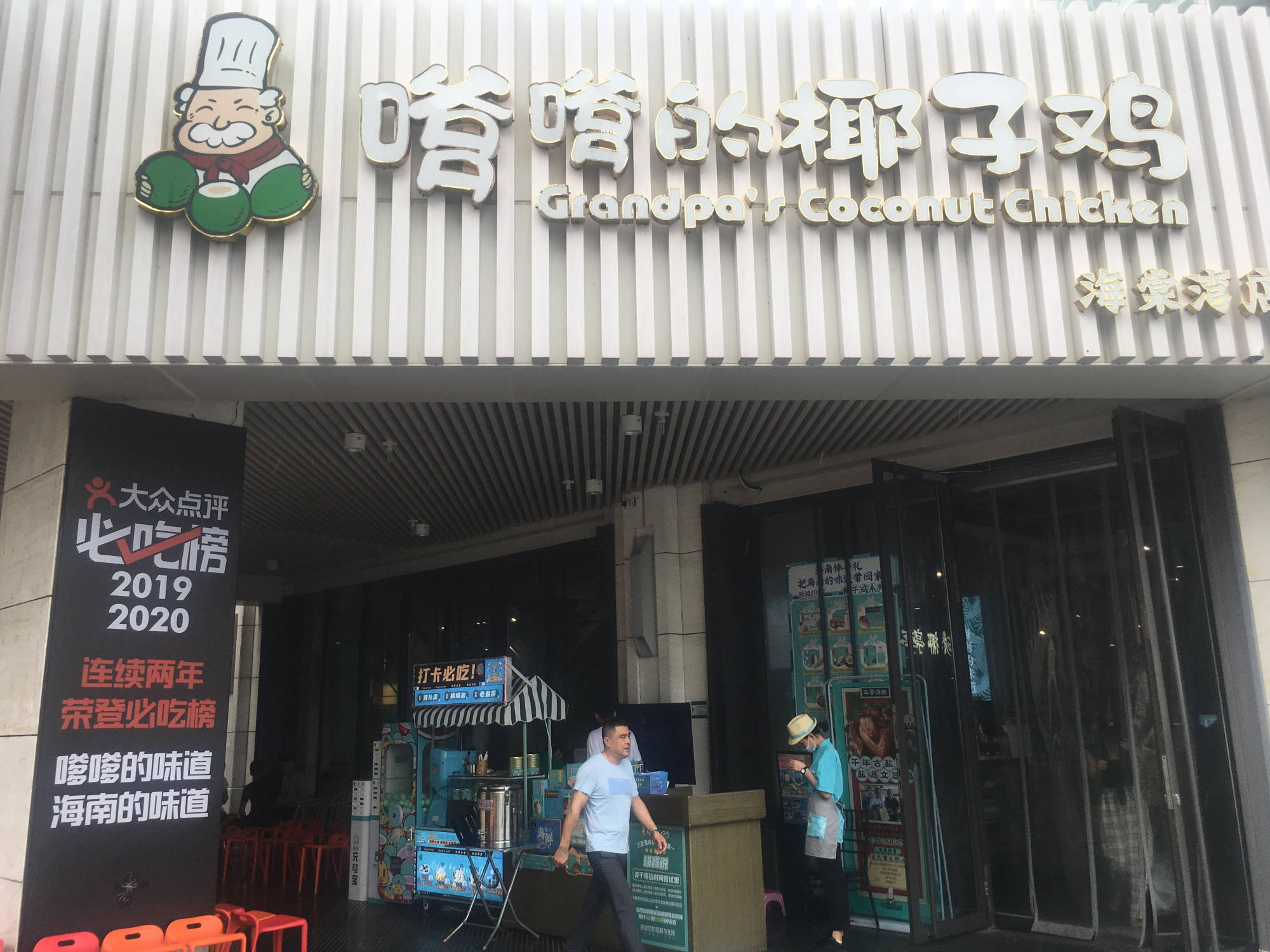
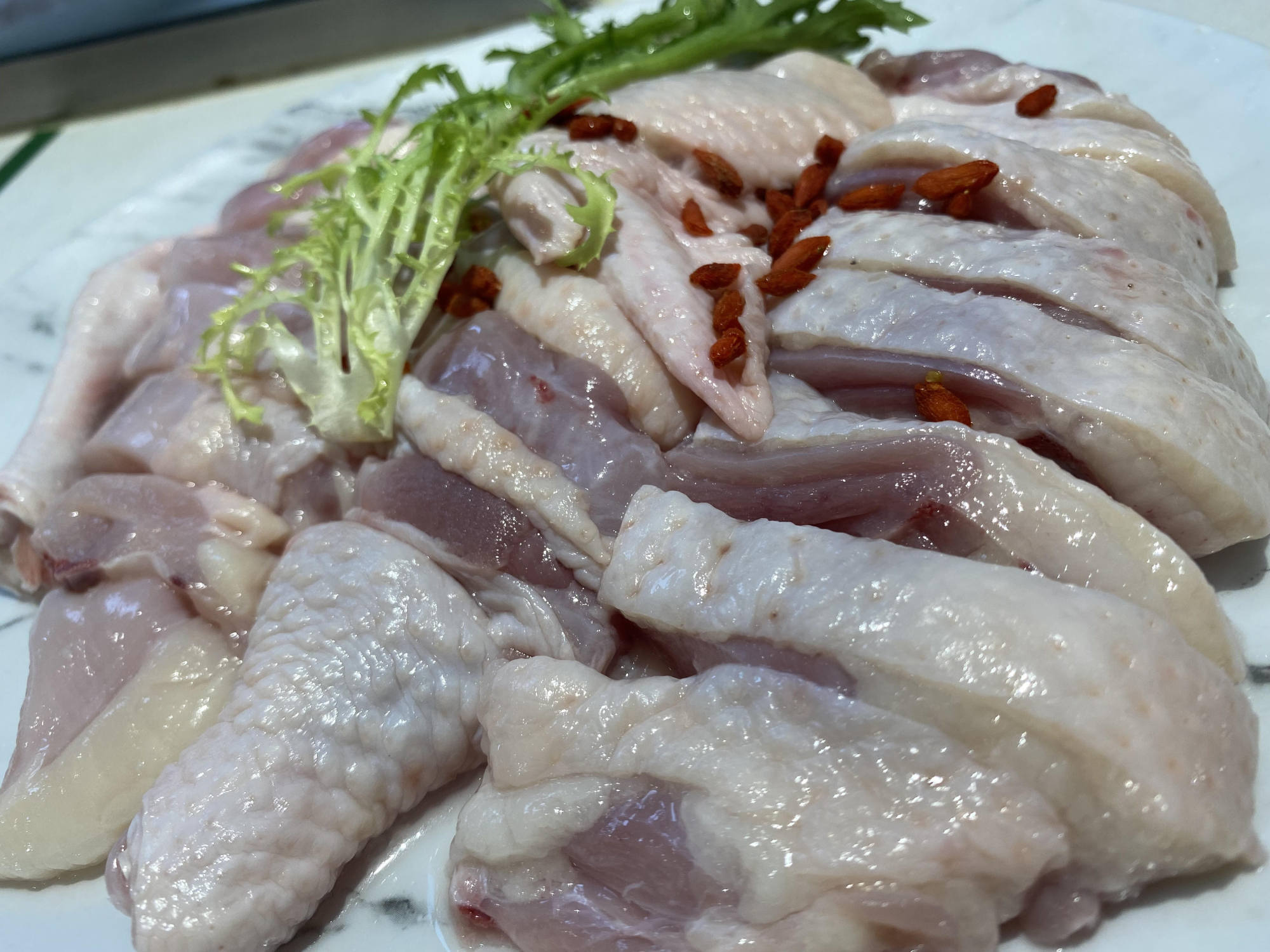
“They are reared free-range for 100 days,” says manager Fu Xinglong. “After that, they are moved to coops for 58 days before being slaughtered.
“The meat is tender and smooth. Customers like to order it baked in salt.

Dongshan lamb, another Hainan dish, uses meat sourced from sheep raised on the slopes of Dongshan, a mountain in Wanning in southeastern Hainan. The sheep eat zhegu leaves that grow on the mountain, and the meat they produce is tender and without lamb’s typical gaminess.
Hainan is also known for Jiaji duck, named for a town in Qionghai on the Wanquan River in eastern Hainan. Ducklings are fed a mix of shrimps, earthworms and cockroaches. After two months, they are switched to a diet of grain, bean curd and rice.
The meat – sweet, plump and slightly fatty – can be roasted, but Hainan chefs usually steam or boil it to preserve its flavour. Once cooked, it is diced and eaten with ginger, vinegar and sesame oil.

Seafood is another staple in the province. At Chunyuan Seafood Market in the Tianya district in Sanya, customers can sample locally caught seafood. The market was quiet at dinner time when we visited in the summer, with the coronavirus pandemic keeping many tourists away.
“The meat of the crab has an oily texture and a strong umami taste, so we don’t need much seasoning when using it in congee,” she says. “It also tastes very good when steamed, with ginger and vinegar.”
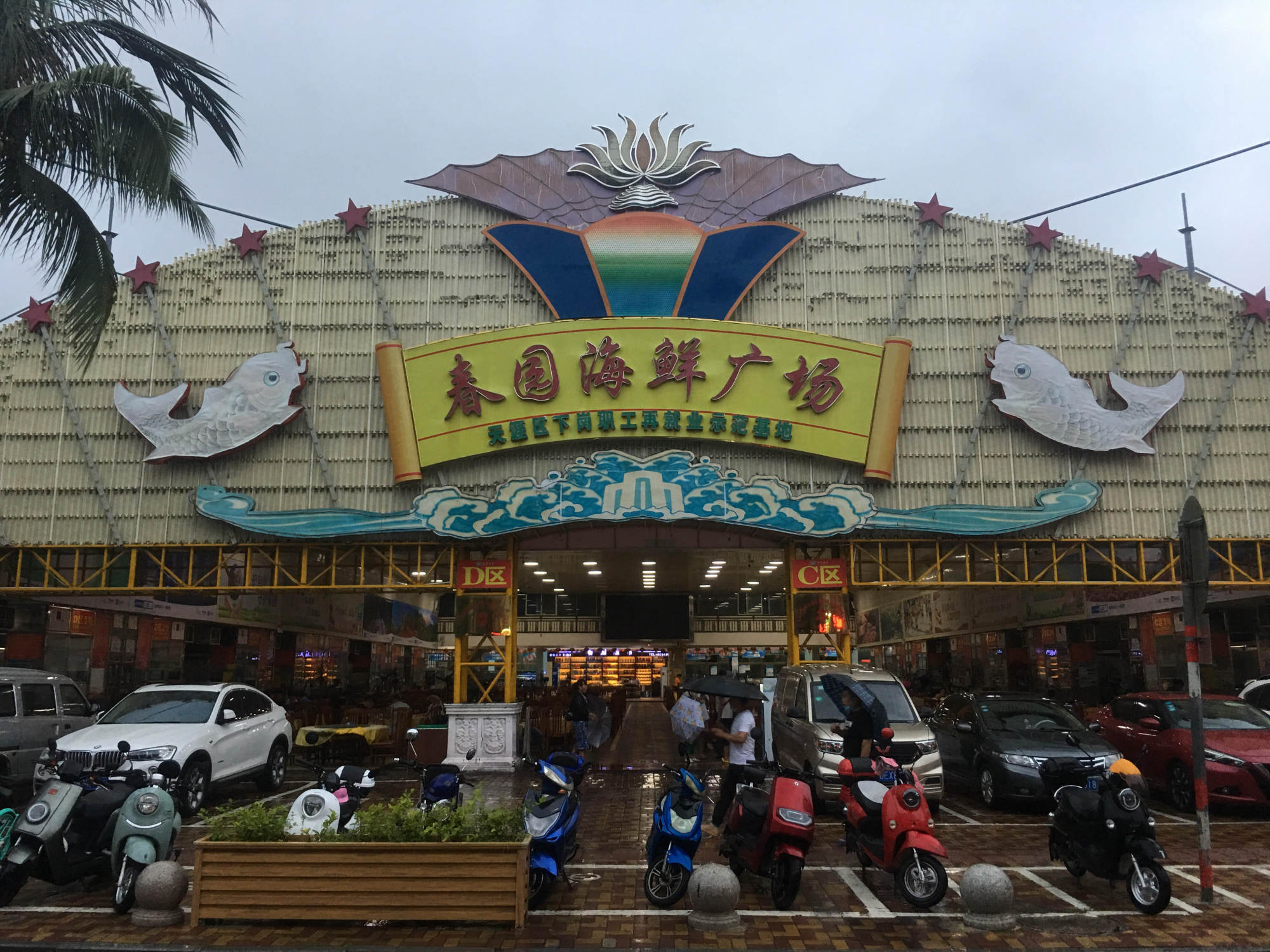

Other seafood, including shrimp, sea urchin and clams, are popular with patrons, Chen says.
At Yiheng Night Market, also in the Tianya district, we tried Baoluo noodles – named for a town in Wenchang. The soup uses a broth made from boiling beef bones for hours, and has many ingredients including preserved vegetables, peanuts, bamboo shoots, sesame seeds, beef jerky and vegetables.

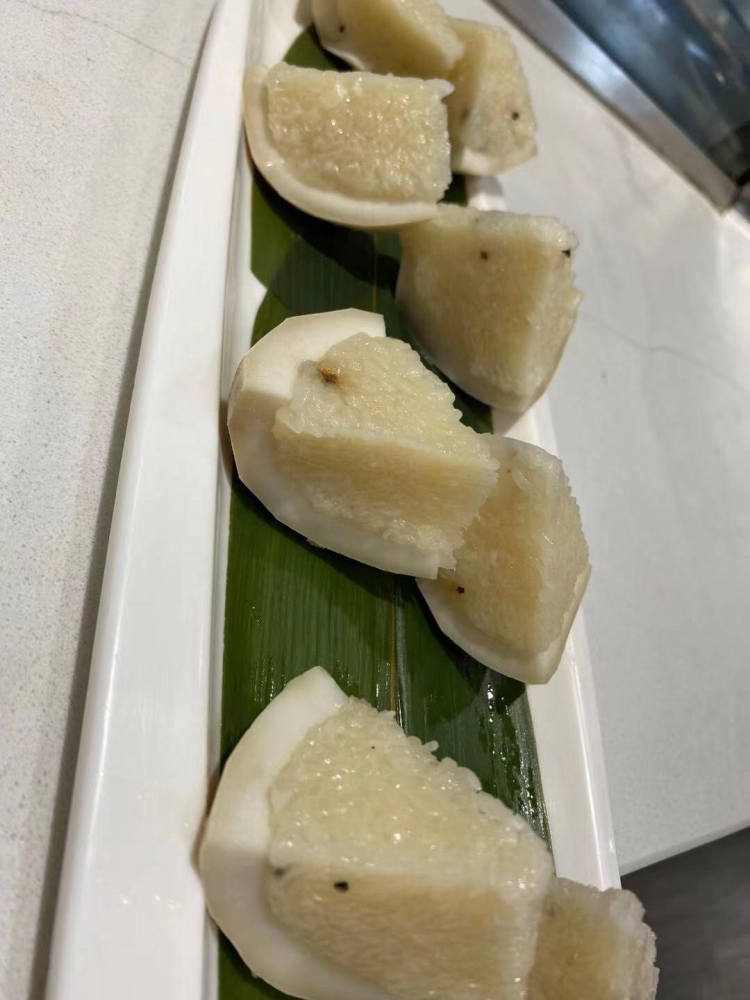
Another local noodle dish is Houan noodle, named after a town in Wanning. The broth is made by simmering pig bones and offal for hours with ingredients such as shrimp and conch. Locals eat the delicacy with an egg sunny side up to make the soup even tastier.
“We have various desserts made from coconut,” says Fu of Grandpa’s Coconut Chicken, “including jelly, milk pudding and liquor.”
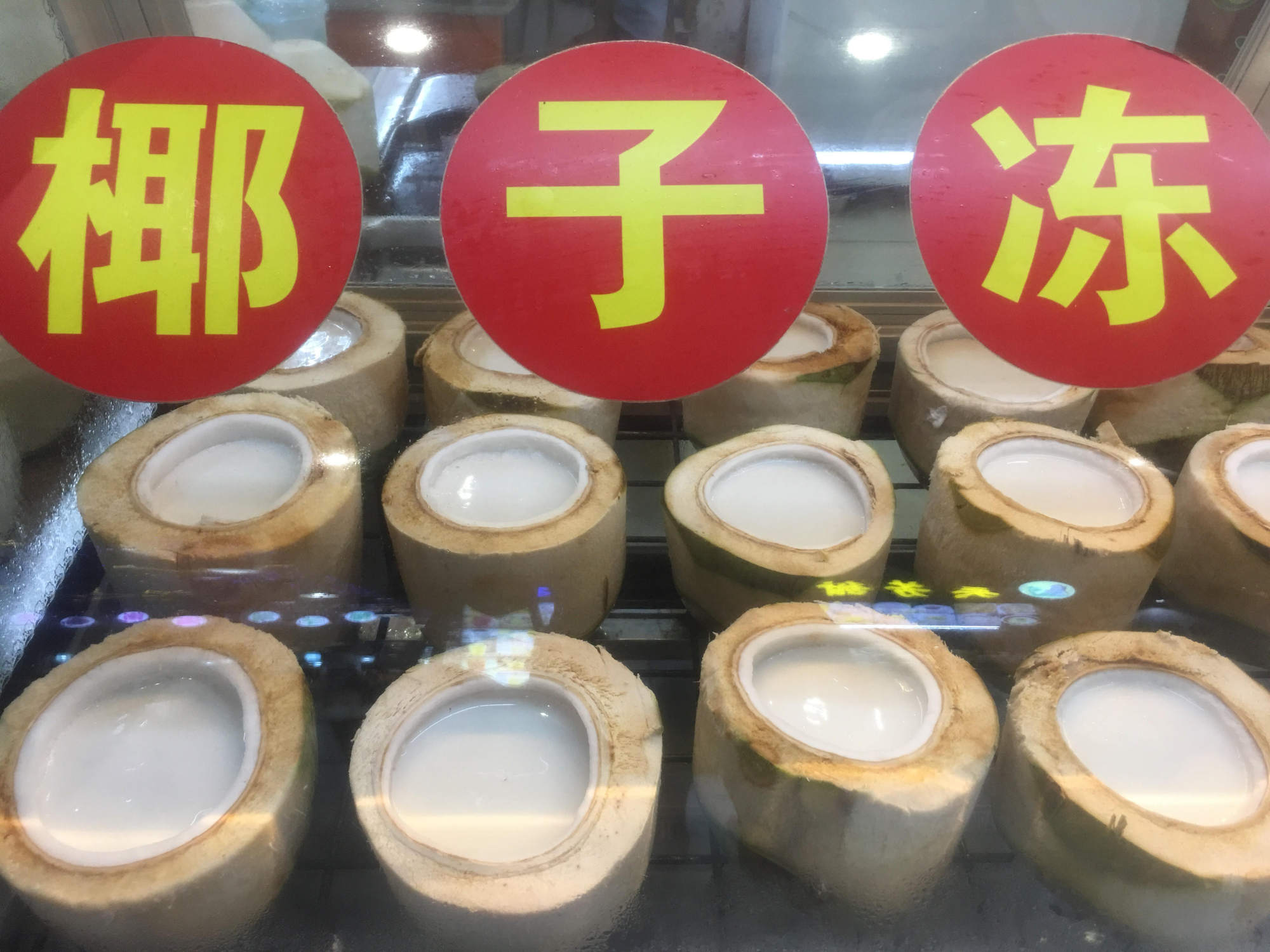
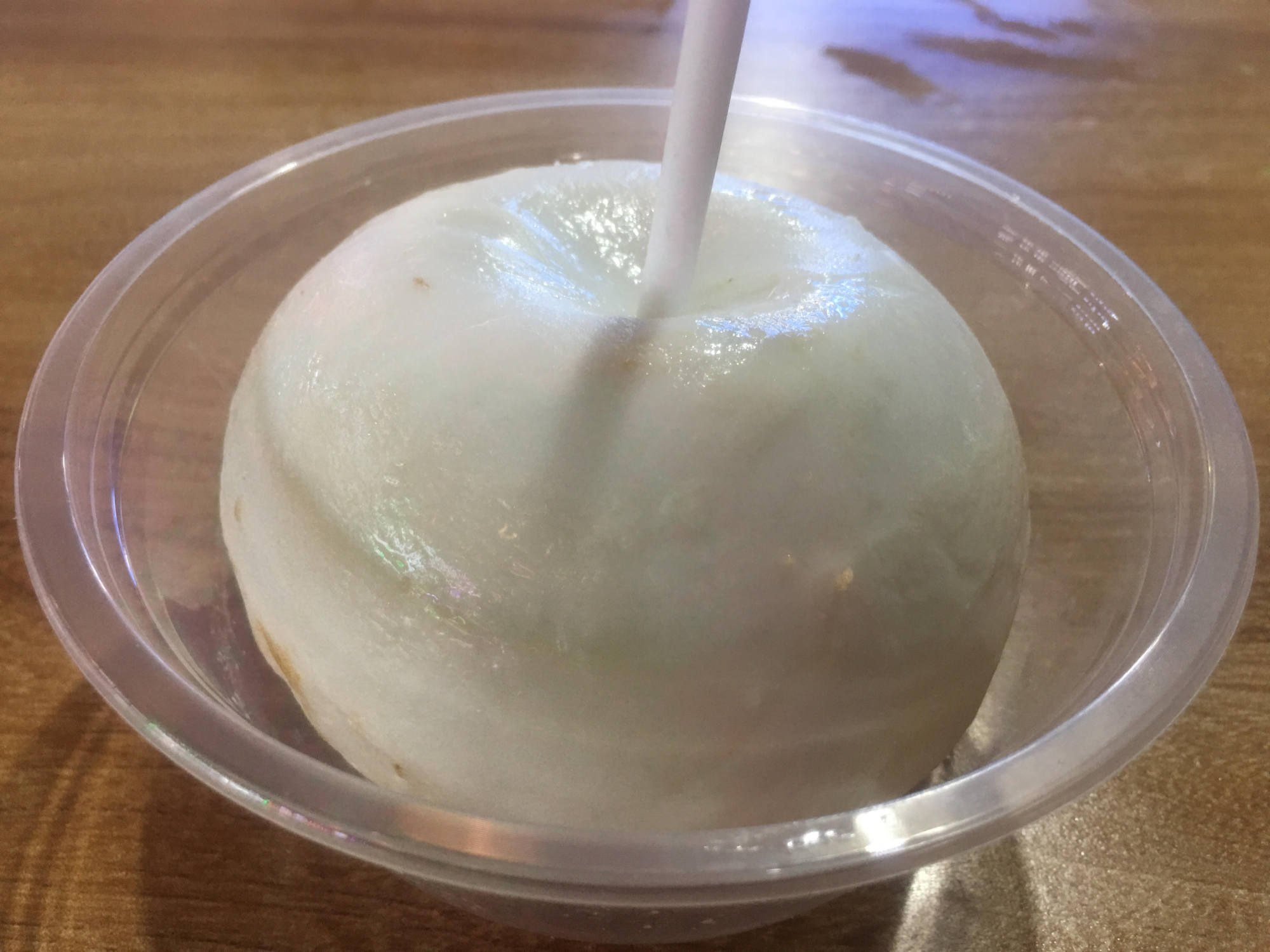
Several stalls at Yiheng Night Market sell coconut jelly, which comes in a whole coconut shell. The coconut jelly – made with milk, whipped cream and gelatin – is fresh and uses no artificial sugar. Other vendors sell whole coconuts without the shell.
A stall owner says its coconut desserts sell like hot cakes, even though they’re relatively costly at 35 yuan each. “Locals see coconut water as a medicinal herbal tea. They drink it to expel the heat and get antioxidants and other nutrients,” the stallholder says.

